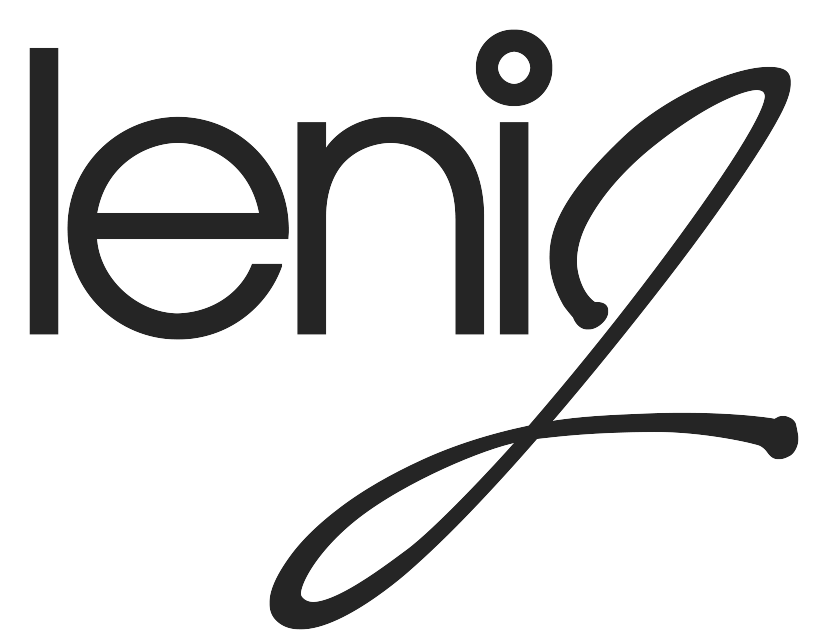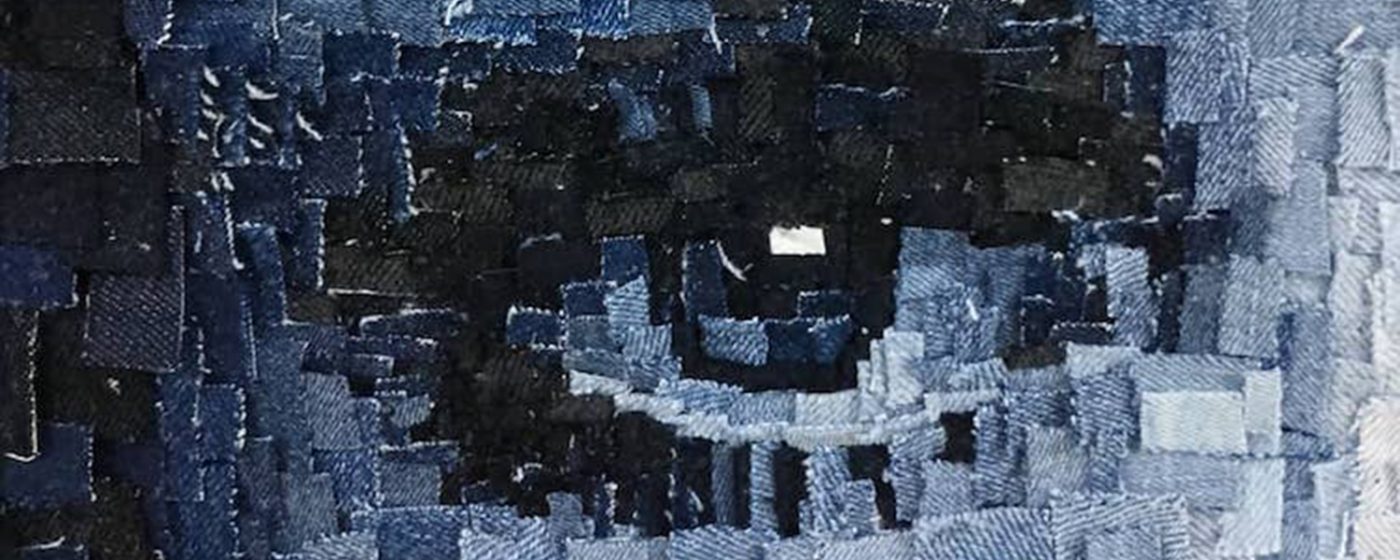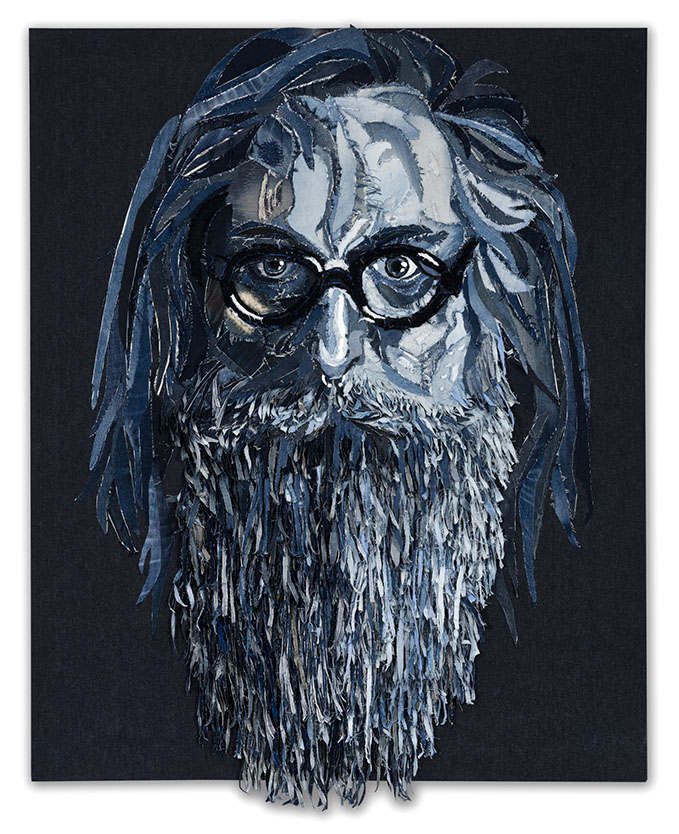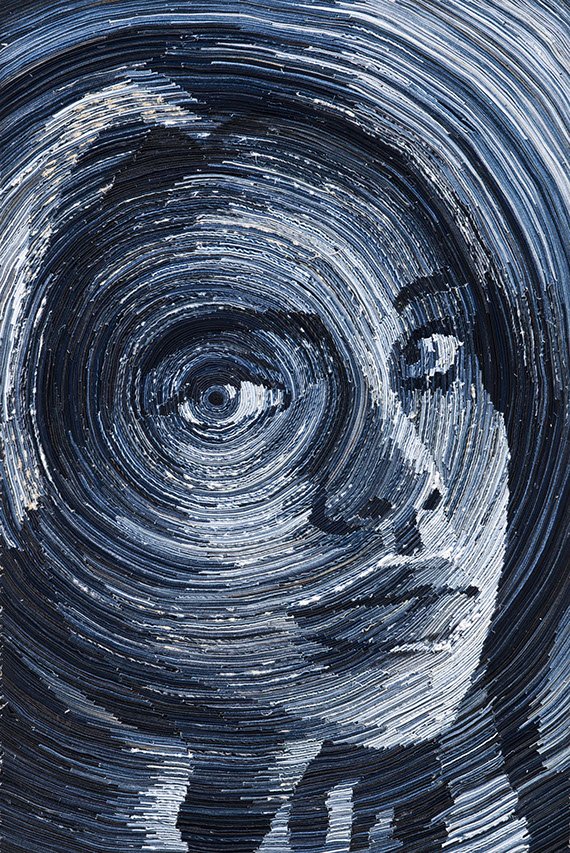When I hit my 50s I started to hate how I looked in pictures. Inside I felt 35 but on the outside, I looked a mess. Everything was changing and I had no control over it. As we were still in the midst of the pandemic, I started a self-portrait project to see if I could change how I viewed myself and ultimately, how I felt about myself.
And I loved the results! Finally, I started to recognize and appreciate the person I was becoming. Age really is just a number. Our attitude is what matters most.
I want to help other women who may be facing the same challenges. If you want to start celebrating the new you, you can get started with some of my tips found in the Posing for Pictures section. You will also find information on what a professional photo shoot would look like. When you are ready, you can contact me to set up a personalized photo shoot.
Mirror portraits of the author at 35 and 55.
In Patrick Stewart’s memoir, “Making It So”, he mentioned some advice he received from Rod Steigler on how to act for Film and Television. “You must understand, Patrick, the camera photographs thoughts”.
Meaning that, while in stage acting you show your emotions through body movement, in film, the emphasis is on what is behind your eyes. The reason why actors take great still portraits is that when a camera is pointing at them, they are on, present, showing their emotions through their eyes.
Most of the time when we, as adults, have a camera pointed at us, we are thinking of a dozen other things than what we might want to express in that moment. For me, recently, it was usually something along the lines of, I hate my hair, my smile, my weight, but I will smile because I am being asked to. You can just imagine the results.
So the next time someone points a camera at you, think about it and then FEEL what you want to express. Be there, in that moment.
Cameras were never designed to flatter, they were designed to record. And that tiny wide angle lens in your camera phone is often working against you. If you want to take better pictures of yourself and your friends, you need to remember one thing;
what is closest to the lens will appear the largest.
There is a reason they designed the selfie stick, as silly as it may seem. Our arms just aren’t long enough to keep the default lens from distorting out features.
In picture 1 you can see how much bigger my knees and hand is compared to my head.
Of course, there is always the exception if distortion or emphasis is what you are going for. This can be great if you want to reveal some attitude or show off your new shoes. 😀 Picture 2.
The most flattering image for your face and body however, is to keep the camera at eye level and move the parts of you that you want to de-emphasize away from the lens.
One of the hardest things for people to do when they have their portrait taken is stand up straight. Usually, we are relaxing with family or friends, having a good time and not thinking of our position. But this often results in double chins and slouched shoulders. If a camera appears at your next gathering, remember the string. Imaging a string is pulling the top of your head away from your shoulders. Stand or sit up straight, move your chin out slightly, lean forward a bit. It’s amazing how just a little shift can make a huge difference.
If you are concerned about how you look in pictures, it actually helps to practice a bit in the mirror. It seems really silly at first but as you play with it, you will discover some things. Such as what is your better side – we all have one, your best smile, and over and over you will remember to drop those shoulders and push out your chin a bit. Practice does make things easier.
what is closest to the camera will appear the largest.
Continuing with tips for posing for casual photos with friends…
When the camera pulls back to include your body, the most important thing to remember is ANGLES. Nothing looks good straight on or flat.
In addition, arms always look bigger when they are pressed against the body. Even a slight bend of the elbow looks more flattering. Put your arm on the table, reach around a friend, put your hand on your hip. Remember to drop your shoulders and shift your chin out and down. Then tap into your feelings and smile your favourite smile.
On the same theme as the last post, when your whole body is in the shot, you definitely want to remember ANGLES. Bend those elbows but also, bend a knee.
For women, bringing the knees closer together creates a triangle shape which is much more flattering. There are many versions of this so it helps to find the one that suits you. Not all poses work for everyone. Some women prefer to show their sexy side and some prefer to keep it neutral.
I highly recommend looking at how celebrities and influencers stand for their portraits and find the poses that are most comfortable for you.
Then practice, practice, practice until moving into that position is second nature.
Originally produced for Arts Help, Summer 2021
Deniz Sağdıç’s path to becoming an artist started in the traditional manner with a degree from Mersin University’s Faculty of Fine Arts in Turkey. Graduating at the top of her class in 2003, she moved to Istanbul to further her career. She quickly drew critical acclaim around the world for her fluid oil paintings and portraits. But soon, she began to dislike the elitism that is associated with traditional styles of art. She found that art galleries and the people who go to them fall into a very narrow segment of society and she wanted to change that. On the Turkish website Dunyabizim she states,
“I realized that it was necessary to find different solutions in order to bring art to a much wider audience.”
Sağdıç was looking for a connection with her audience and as she started to experiment with new mediums she found that people responded the best to items that were familiar like books, cassette tapes, TVs and old windows.
In her project Ready Remade, she combined painting, fabric and found objects to create unique sculptural pieces. But the journey had just begun.
Sağdıç comes from a family of artists and craftspeople. Her father designed stained glass windows and her aunts were tailors. She spent most of her free time growing up in these workshops so it was a natural progression, as she experimented with different mediums, to be drawn to textiles and graphical shapes. It wasn’t long before she discovered the versatility of denim. The fabric of jeans is one of the most widely worn textiles in the world, crossing cultures and classes, and this appealed to her message of accessibility. But as she delved deeper into the history of denim and the current state of the fashion industry, an environmental issue that is global in scale was revealed.
The fashion industry is the second worst polluter of clean water just after agriculture according to the United Nations Sustainable Development Goal (SDG) Responsible Consumption and Production. It is just one example in many of how our constant need to buy things is polluting the land and draining the planet’s resources.
Making clothes is hard on the earth from the beginning of its production cycle to the very end. It starts with the production of the fabric.
- It takes 1800 gallons (6800 litres) of water to grow enough cotton for one pair of jeans.
- The cotton that makes up denim also requires enormous amounts of pesticides to produce.
- The making of clothes pollutes our water systems with agricultural runoff and synthetic dyes that are drained into riverways.
- Most denim clothing is produced cheaply in Asia by underpaid labour in unsafe conditions.
- The fashion industry is responsible for 10% of global carbon emissions. That’s more than international flights and maritime shipping combined.
- And as most cotton fabrics are combined with synthetic fibres or elastic, when we wash our clothes, tiny microplastics drain into the wastewater systems and eventually end up in oceans and the ecosystem.
Just like many products in the world today, our clothes are not meant to last. The mass production of cheaply made clothes is known as fast fashion. In our desire to have the latest styles and the fact that the clothes barely last a few cleaning cycles, we throw out 13 million tons of textiles a year.
If we do manage to donate them to a thrift shop charity, only a small portion is sold. Some fabrics can be ground down and recycled into insulation and car seat padding but most are sold overseas to Africa. From there, some are sold cheaply but most end up in their landfills.
There are organizations like Fashion Revolution and brands like Patagonia that are working to turn the tide, but the process is slow. Getting the message out and altering consumer behaviour is critical for change to happen. That’s why Sağdıç’s work is so important.
Turning discarded scraps into new art
When Sağdıç started her denim project she would scour thrift shops in her area. But eventually, as she discovered she needed more material, rather than purchasing virgin denim, she reached out to local clothing production companies. From them, she requests only the remnants (the scraps left from cutting out patterns) and the defective or test pieces. While her understanding of colour, shading and lighting techniques is clear in her scrap piece portraits, her imagination and skill are evident in her creative use of the awkward parts of a pair of jeans, the multilayered seams, belt loops, and metal buttons.
Over time, Sağdıç has developed 8 different approaches to sculpt the fabric into her portraits. Some can take a couple of days, others can take months.
There are only a couple of artists in the world working with this medium. Focusing on portraits and using every part of a pair of jeans, makes her art truly unique.
Sağdıç was attracted to denim for its universality but that wasn’t always the case. The history of denim covers slavery to high fashion. First developed as “slave cloth” for its rough texture and ability to withstand hard labour, it was considered unfit for other members of society. It continued to be associated with a small portion of society when Levi Strauss developed it for gold miners but from there, with the help of movies and the fashion industry, it would expand its reach to people of all classes, ethnicities and cultures around the world. For this reason, Sağdıç sees it as a symbol of democratic art, something that everyone from every background can relate to. At a time when we are still judged by the colour of our skin, the fact that such a universal fabric could perhaps help us get past discrimination is also an important part of Sağdıç’s message.
Continuing the idea of Art: For Everyone, she has chosen to promote her work through workshops, and fashion conferences in Milan, London and Istanbul. Her latest showing was in the YYK’s store window in London. YYK is a well-known zipper manufacturer, who uses its showroom window to promote artists, creating a form of a street gallery. After they displayed Sagdic’s work, many people were seen stopping to get a better look at her intricate designs and take pictures.
Interacting with people is essential to Sağdıç’s art and she likes to collaborate with individuals within each city to create her unique pieces. As she said in an interview with Fashion United about the YYK showroom,
“I use denim not only as a material but also a language.”
By upcycling a medium that expresses cultural universality and positioning her art where anyone can appreciate it, Sağdıç can define her own form of art and at the same time, raise awareness about an industry in desperate need of an environmental overhaul.
To see more of Deniz Sağdıç project Denim Skin, click here.
To keep up to date on her latest creations, follow the artist on Facebook and Instagram.
To learn more about Fast Fashion and what you can do about it, click here.










